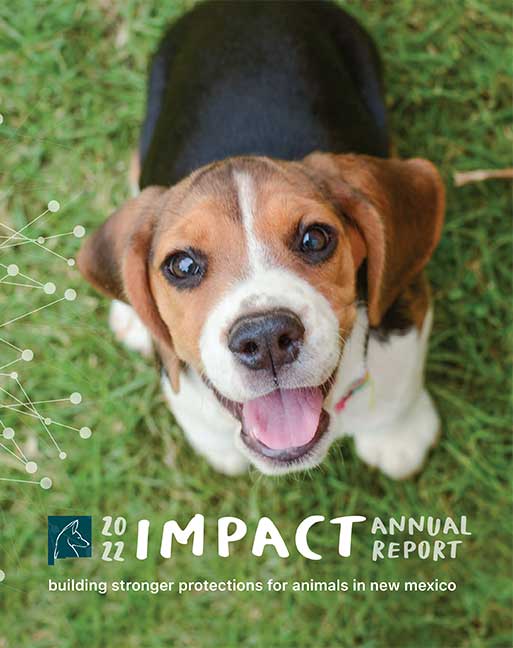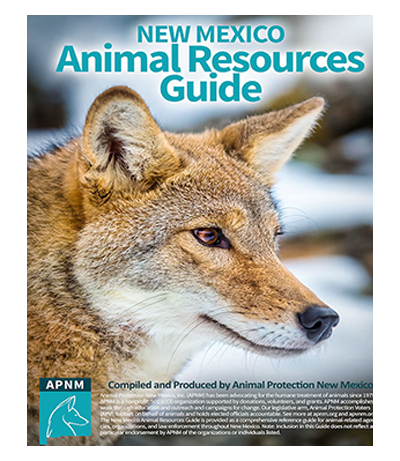Bringing a Voice for Animals to the Planning Table
In New Mexico, APNM, concerned citizens and dedicated Emergency Managers (EM’s) are beginning to make a big difference for animals in community planning and preparedness efforts around the state. A number of local, county and state agencies are taking action to assess their emergency sheltering capacity, develop new policies, purchase equipment, offer training, and create planning and response teams to better meet the needs of animals during wildfires and other emergencies.

Community leaders in areas that experienced some of our biggest wildfires, such as Ruidoso and Los Alamos, have seen the importance of building relationships with local animal shelters, animal control agencies, agricultural extension services, state agencies, and other organizations both within and adjacent to their own jurisdictions.
For just over a year, APNM has been participating in a wide range of meetings and events, working within the emergency management community to help keep the conversations going and encourage interagency cooperation at all levels. Introducing APNM and our Disaster Preparedness Program to EM’s at some of their quarterly meetings has provided a great opportunity for building new relationships and learning more about what’s happening in each county.
In partnership with the New Mexico Dept. of Homeland Security and Emergency Management (NM-DHSEM) and the NM Dept. of Agriculture, APNM is helping create a statewide Emergency Animal Resources Guide of all existing resources – animal shelters, other facilities, organizations, equipment, transport, trained personnel, etc. – in each county that would be available for emergency animal sheltering and related needs during an evacuation.
One of the highlights of APNM’s program last year was facilitating a panel on Companion Animal Concerns at the joint statewide conference for both NM-DHSEM and the NM Emergency Management Association (NMEMA). Panelists included three animal shelter representatives from northern NM, who were all involved in emergency animal sheltering during recent wildfires and shared valuable insights and recommendations to the 50 or so EM’s from all over New Mexico who attended.

At the local level, APNM participated in planning meetings to develop Community Wildfire Protection Plans (CWPP’s) for Sandoval and Valencia Counties, where local fire fighters and other first responders agreed more attention is needed to address companion animals during wildfire evacuations. Recommendations for both counties include references to APNM, the Equine Protection Fund and APNM’s Fire Fund.
We’re also learning a lot and sharing ideas and suggestions from national discussions, including the Animals in Disaster Summit in Washington, DC. last year and monthly national conference calls with speakers and representatives from disaster response agencies and organizations all over the U.S. This is a great source of information and lessons learned, especially from recent incidents like Hurricane Sandy.
This year, APNM will focus on expanding public awareness of our Animal Safety Planning Guide and other resources to help more New Mexicans be prepared to keep themselves and their animals safe when disaster strikes. We will continue to network and follow-up with local, county, state and tribal agencies and organizations to strengthen and expand New Mexico’s readiness and capacity for effective emergency animal response.
What’s Happening Around the State to Include Animals
- Rewriting emergency operations and evacuation plans to include Companion Animals
- Exploring co-sheltering possibilities
- Purchasing trailers and equipment for emergency animal sheltering
- Developing and/or providing training on disaster animal response
- Including companion animal scenarios in emergency exercises and drills
- Creating Animal Emergency Response Teams
- Community outreach and planning meetings
- Coordinating with neighboring jurisdictions to create cooperative response plans
- Conducting assessments of available resources and animal sheltering capacity
- Building local volunteer networks
- Conducting animal rescue exercises and training
SPECIAL THANKS again to the ASPCA for their continued generous support of this important program!





